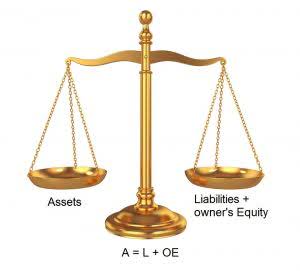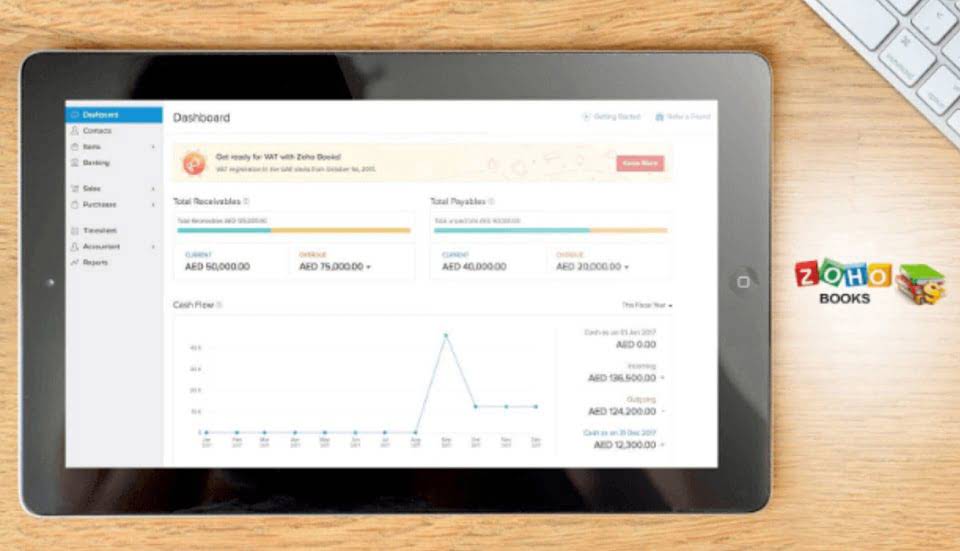
However, you must know that the nature of costs and revenues in every construction contract varies. According to the matching principle of accounting of accrual accounting, the expenses related to certain revenues must be recorded in the same period when they were incurred. One thing to understand is that only capital costs related to an asset under construction are to be kept in the CIP account. The operating costs related to a specific period must be charged to the same accounting period. With construction companies quickly evolving, there are more categories and accounts to consider, creating unique challenges for this Partnership Accounting industry.
What Other Types of Contra Accounts Are Recorded on the Balance Sheet?
- Strict adherence to GAAP requires meticulous documentation and accounting principles.
- The Completed-contract method is an accounting method of work-in-progress evaluation, for recording long-term contracts.
- This guide explores what CIP accounting is, why it’s important, and how to implement best practices in your construction business.
- The cost is then amortized over the asset’s useful life through depreciation expenses in subsequent accounting periods.
- This guide will break down its meaning, importance, and practical applications while addressing common challenges and solutions.
CIP accounting is important because it can easily be used to manipulate financial statements. Generally accepted accounting principles (GAAP) requires the percentage of completion in journal entries whenever possible to account for construction in progress. While costs are added to the construction in progress, related CIP account is debited with corresponding credits to accounts payable, accrued expenses, inventory, cash, and others. When the construction in progress is completed, related long-term asset account is debited and CIP account is credited.

Track Project Costs

This proactive approach supports better budgeting and financial planning for future projects. CIP accounting keeps construction expenses organized and distinct from daily operating costs. This organization allows project managers to assess financial health at each stage and make informed decisions. Accountants do not begin tracking depreciation of construction-in-progress assets until the addition is complete and in service. As a result, the construction-work-in-progress account is an asset account that does not depreciate.
Challenges in CIP Accounting
It represents the accumulated costs of ongoing construction projects that are not yet completed. Upon project completion, the company transfers the CIP balance to the “Buildings” fixed asset account, and depreciation begins. Once a company completes construction and receives the certificate of occupancy for its warehouse, plant or office, the company officially places the asset in service. At that time the company removes the construction in progress account from the balance sheet, replacing it with a regular long-term asset account. Typically, companies that utilize construction financing to build a property obtain permanent financing that replaces the construction loan.
What is Accounts Receivable Collection Period? (Definition, Formula, and Example)

By following best practices and leveraging accounting tools, businesses can ensure compliance, improve cost control, and build a solid financial foundation. CIP accounting is a critical aspect of financial management for construction and asset-intensive businesses. Upon project completion, the CIP balance is reclassified to a fixed asset account, formally designating the asset as operational.
- Depreciation is calculated using several methods, including straight-line, accelerated, and units of production.
- Because construction projects necessitate a wide range of prices, CIP accounts keep construction assets separate from the rest of a company’s balance sheet until the project is complete.
- Whether in construction, manufacturing, or IT, CIP accounting is an essential tool for businesses seeking to improve their financial performance and drive growth.
- It’s one of the most important categories in construction management and is critical to a firm’s success.
A higher asset base can make a company appear more robust, but it also necessitates careful management to ensure that these assets eventually translate into revenue. Companies must record any real estate they own on their balance sheets as long-term liabilities. These companies record their current construction projects as “construction in progress.” The construction in progress value reflects the total costs incurred to date. Accounting for construction in progress when it is for an asset to be sold is slightly more complicated. This is a method that attempts to match revenues to the expenses required to generate them.

All direct project costs are accumulated in the CIP account and transferred to the appropriate fixed asset account upon completion, where depreciation begins. Another significant aspect of managing CIP in a multi-project environment is maintaining accurate and up-to-date financial records. Each project must be tracked individually to ensure that costs are correctly attributed and financial statements reflect the true state of each project. This requires a robust accounting system capable of handling multiple projects simultaneously. Software solutions like QuickBooks Enterprise or Oracle’s JD Edwards EnterpriseOne can provide the necessary functionality to manage complex financial data across multiple projects.

Знаете ли вы, что можно добавить учетную запись Online Services физического лица к существующей учетной записи NY.gov?
CIP is classified as cip accounting an asset rather than an expense, representing the company’s investment in ongoing projects. This classification separates CIP from operating expenses, highlighting financial commitments toward incomplete projects. Since construction projects are often multi-phase and lengthy, CIP accounting monitors these costs as assets, simplifying capital investment tracking. When a project is complete, the cumulative CIP balance transfers to a fixed asset account, and depreciation begins. Accurate financial records are essential for construction companies to track project costs, stay within budget, and provide clarity for stakeholders. Construction projects require a specialized approach known as Construction in Progress (CIP) accounting.
Free Financial Statements Cheat Sheet
Detailed documentation—receipts, invoices, records—is crucial for accuracy and audit readiness. This ensures the project’s financial history is fully captured, simplifying auditing and compliance. Under the IAS 11.8, if a construction contract relates to building two or more assets, each asset will be treated as a separate contract if specific conditions are fulfilled. The IAS 11.9 regulates the treatment of two or more assets’ construction as a single contract if they are negotiated as one contract. When the warehouse is completed, this $750,000 is transferred to the “Building” account, and depreciation begins based on its useful petty cash life.

Afonso é um profissional dedicado ao universo da corrida, com um foco especial na biomecânica e na nutrição esportiva. Como ex-atleta e formado em Fisioterapia, Afonso entende profundamente a importância de um bom par de tênis e uma dieta balanceada para um desempenho de corrida otimizado


